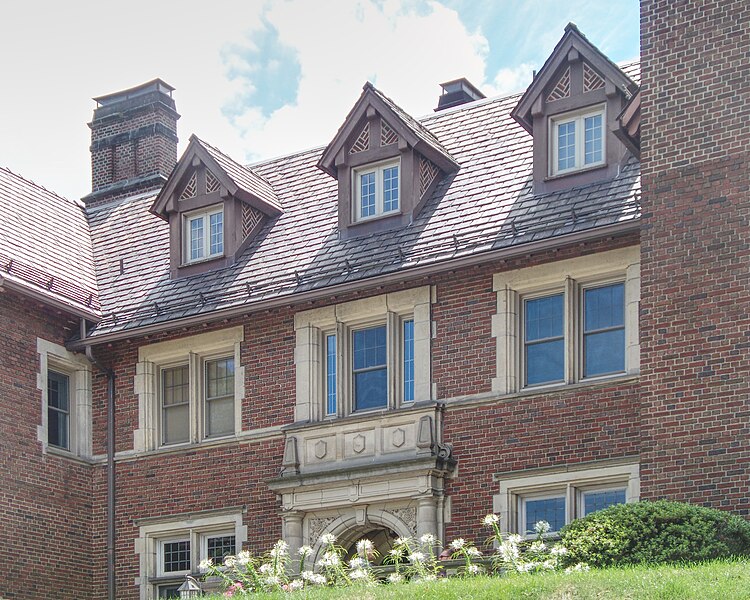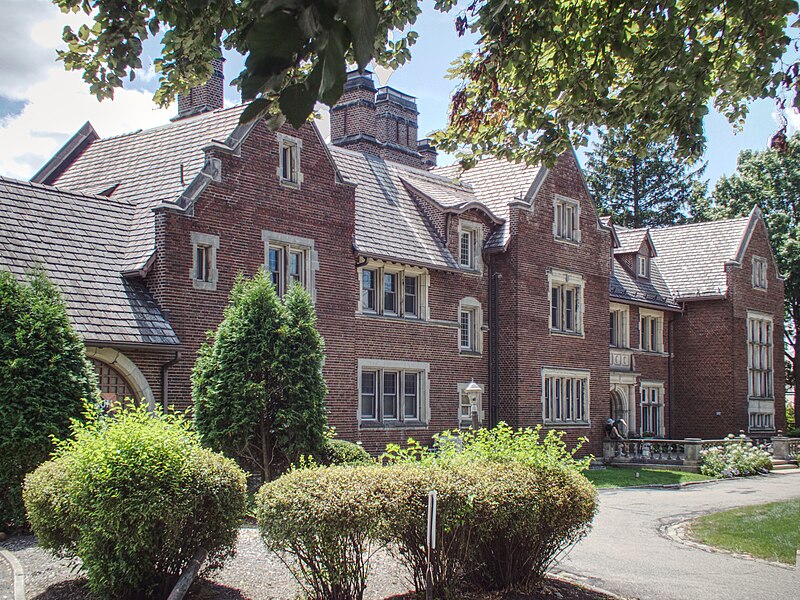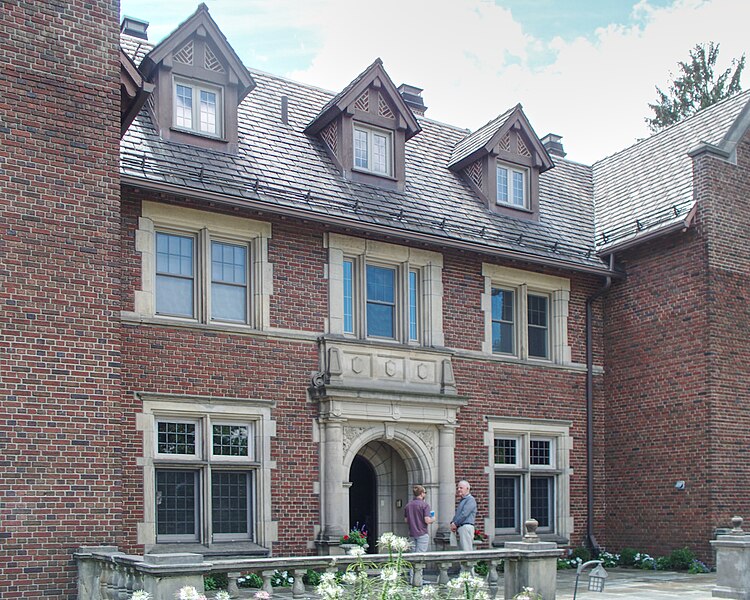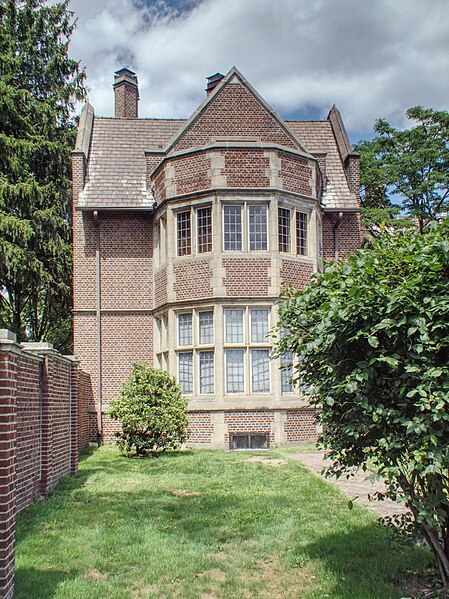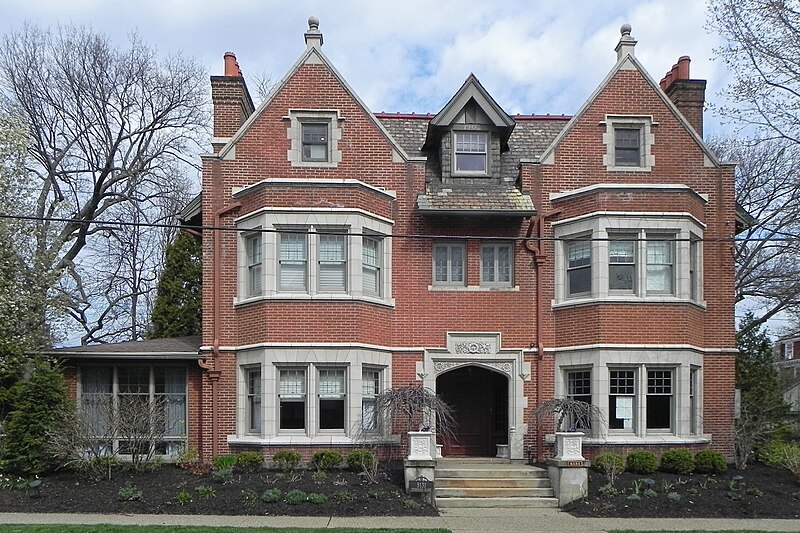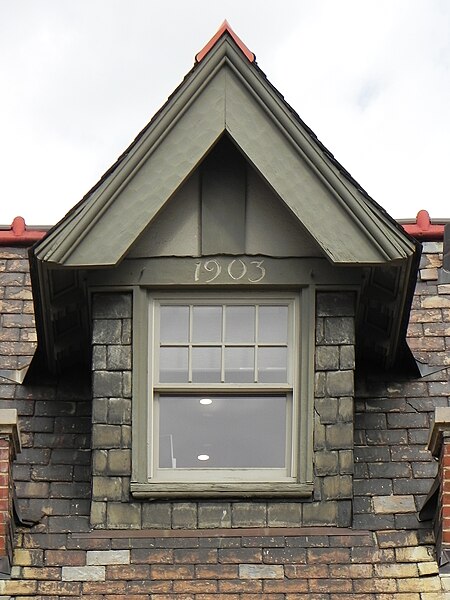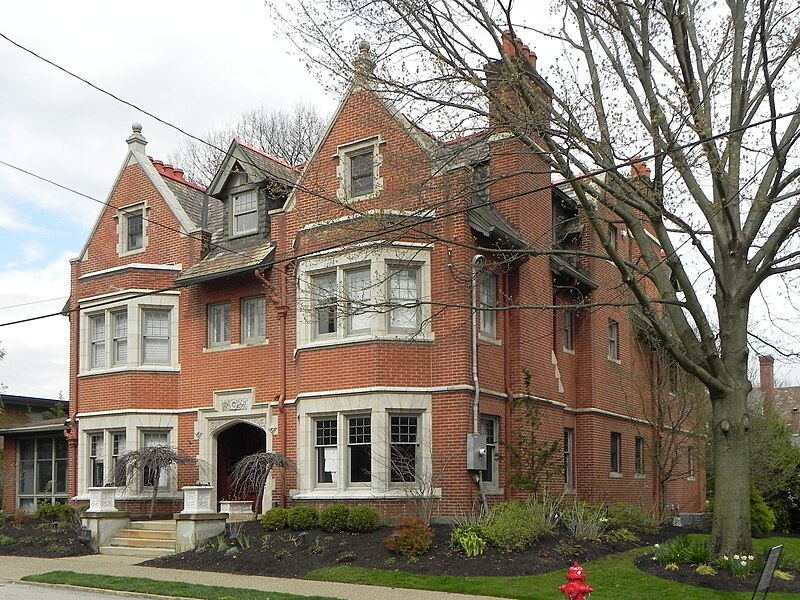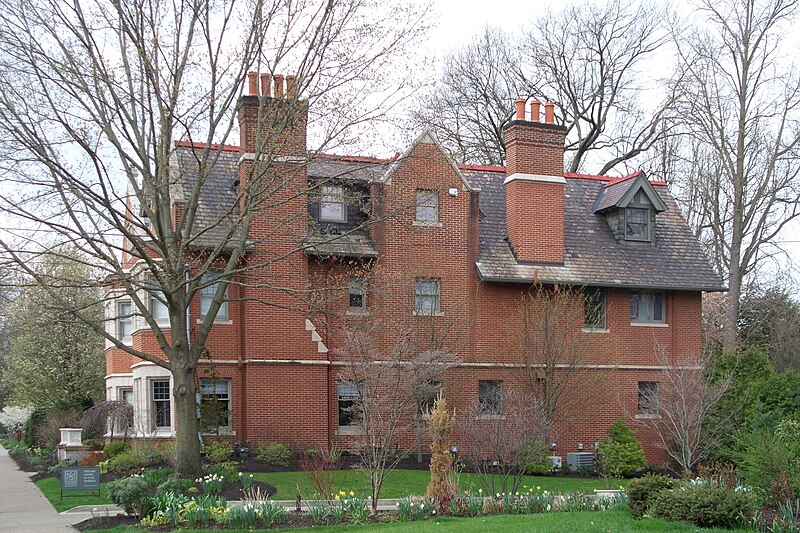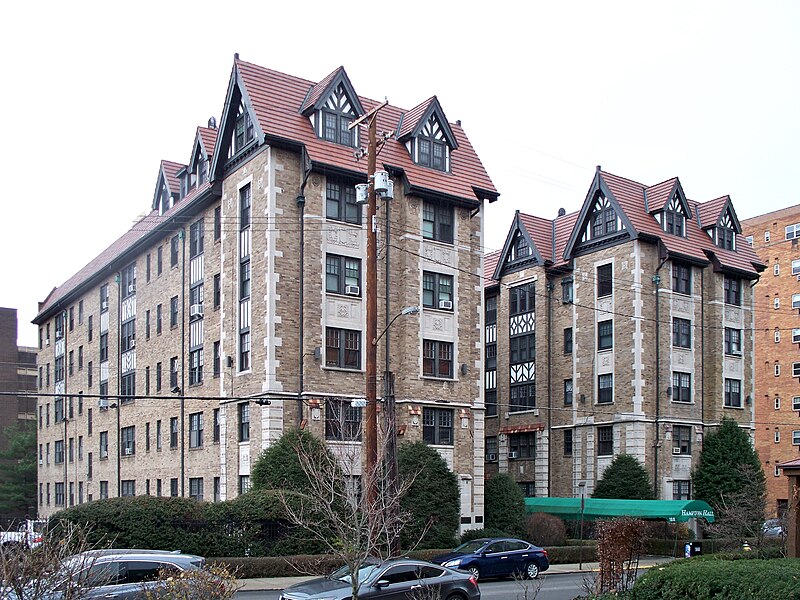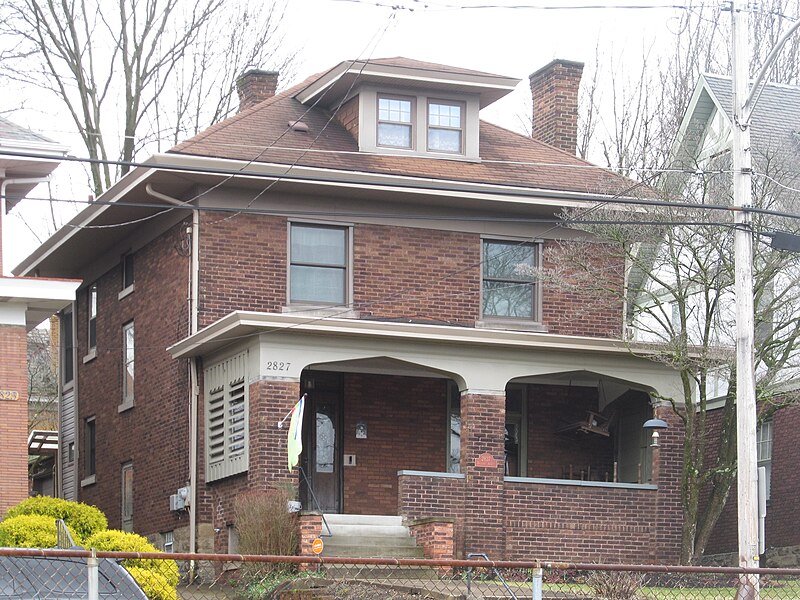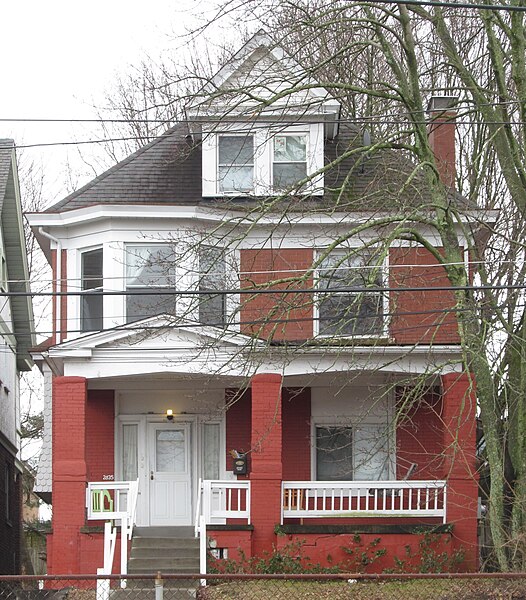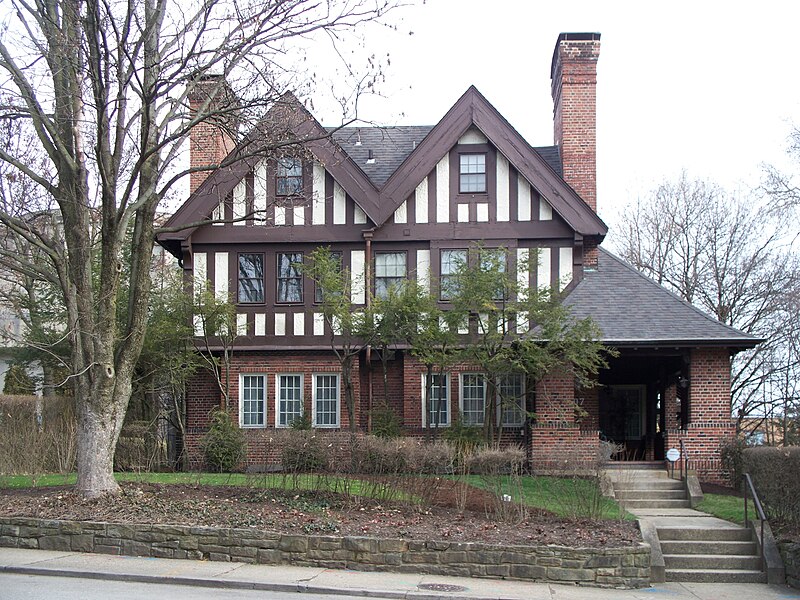
It was rainy and dim, so don’t expect too much of these pictures. But old Pa Pitt happened to be in Squirrel Hill just before dark with half an hour to waste, so he took a walk in the rain in Murdoch Farms, one of the richest parts of Squirrel Hill, and did what he could with the camera.























